Little Big Econ State Forest
Little Big Econ State Forest
Whether for a day or a week, there is plenty to explore and discover at the Little Big Econ State Forest.
For trail maps and more information:
https://www.fdacs.gov/…/State-…/Little-Big-Econ-State-Forest
Photo credit: Christian Kon
Cedar Key
If you are looking for a place to escape the hustle and bustle of life, look no further than Cedar Key. A place where the locals greet you with friendly smiles, where shorebirds frolic in the waters, ospreys soar overhead, and a multitude of habitats are waiting to be explored. Your trip begins on Highway 24 in Levy County, where you drive from the mainland on low bridges, over picturesque channels, and salt marshes onto Cedar Key.
A pencil factory was once located on Cedar Key, where the cedar trees supplied the wood for the pencils. The first Florida coast-to-coast railroad ended at Cedar Key before it was rerouted to Tampa. Shell mounds give us a look into the lives of the indigenous people who called Cedar Key home long ago. Today, about 800 permanent residents welcome visitors to their unique island.
Cedar Key is a Nature Lover’s paradise, where visitors can stroll along nature trails, birdwatch, and paddle in the Gulf. The federally protected sanctuaries lure both shorebirds and migratory birds. Go on a coastal guided tour. Kayaks, paddleboards, and motorboats are available for rent to explore the Gulf of Mexico. Campgrounds provide space for your RV or tent.
Saunter along the Cedar Key Railroad Trestle Nature Trail, a 1,700 ft path of old Fernandina Cedar Key rail line. Let the cedars and pines shade you as the songbirds serenade you with sweet melodies. Watch for a beautiful variety of wildflowers with butterflies flitting about. At Cemetary Point Park, there is an easy walk along a 1299 foot boardwalk through mangroves. Cedar Key Museum State Park Nature Trail is a short stroll where you will see gray squirrels playing, woodpeckers in search of food, mocking birds tweeting, and green tree frogs resting.
The swamps, marshes, and wetlands are home to American avocets, ibises, roseate spoonbills, herons, egrets, pelicans, and more. Dolphins play in the Gulf. Thousand of birds visit during the fall and winter migration including, rare white pelicans. With its laid-back Old Florida vibe, Cedar Key is a perfect addition to your list of places to visit.
Photo Credit: Dan Kon
Crandon Park – Key Biscayne
Located on the barrier island of Key Biscayne, Crandon Park is a hidden gem just waiting to be explored. Connected to the mainland by a causeway, Crandon Park was acquired by Miami-Dade County from the heirs of Commodore William John Matheson in 1940. The gift came with the stipulation that the land must be used as a public park, and in 1947, Crandon Park was ready to receive its first guests.
Crandon Park is a nature lover’s paradise. Its unique fossilized mangrove reef, two and a half miles of state historic highway, protected wetlands, estuaries, coastal hammocks, Great Florida Birding and Wildlife Trails, and spectacular shoreline provide countless opportunities to be engulfed in nature.
The earliest known inhabitants of Crandon Park were the Tequesta Indians. Hurricane Andrew exposed three archaeological sites, one of which appears to indicate the sites of poles used by the Tequesta as supports needed for their thatched homes. In 1513, Juan Ponce de León included Key Biscayne in his chart of The New World.
Commodore William John Matheson purchased 1700 acres of land in Key Biscayne in 1908, which later became Crandon Park. He used the land to build a coconut plantation and introduced the Malay Dwarf coconut, now the most common coconut in Florida. In 1948, the Zoological Gardens were established on the southern 53 acres of Crandon Park. By 1967, Crandon Park was renowned worldwide for the first successful birth of an Aardvark. The Park also successfully watched over the birth of two Indian elephants and, in 1973, the hatching of two Southern Bald Eagles.
Today, Crandon Park is a Nature Lover’s delight. Wildlife freely roams in and out of the doorless zoo structures. Saunter on one of the nature trails and visit the Nature Center. Look for shorebirds, songbirds, hawks, butterflies, wild plants, coontie, and beach peanut. Bike through the Key Biscayne Archaeological Zone on a designated path. Immerse yourself in an EcoAdventure where you can bike, hike, or learn about Sea Turtles.
Soak up the sun at the two-mile beach, bring your snorkel, and explore the underwater living world. Launch your boat, kayak, paddleboard, wakeboard, or kiteboard. The internationally known Crandon Marina offers a dive boat operation. Enjoy a round of golf or a game of tennis. Bring a picnic lunch to enjoy in a Pavillion, eat at one of the restaurants or concession areas, or rent a cabana for a family get-together. A boardwalk to the fossilized reef and wheelchair beach accessibility is provided.
For more information: http://www.miamidade.gov/parks/crandon.asp
Photo Credit: Ileana Rodriguez-Ramirez

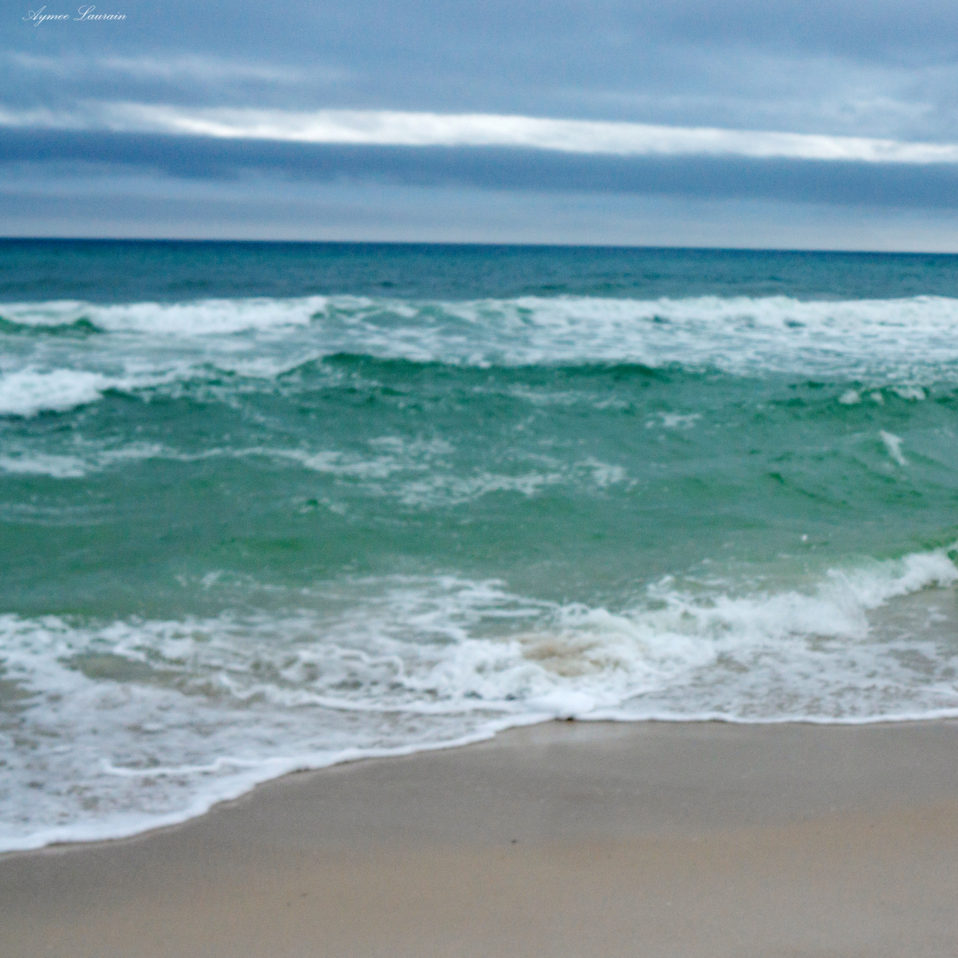
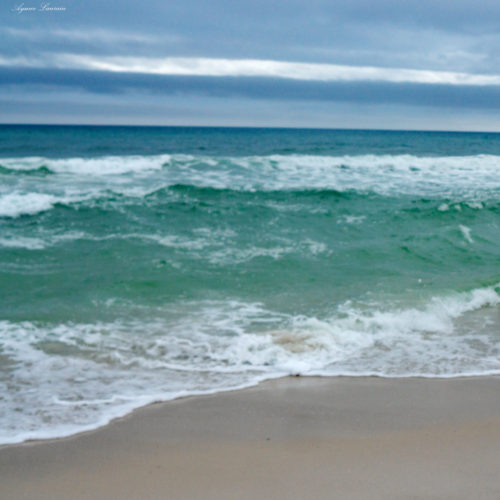
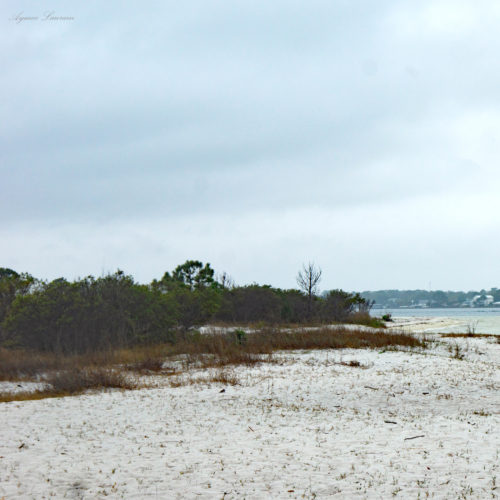
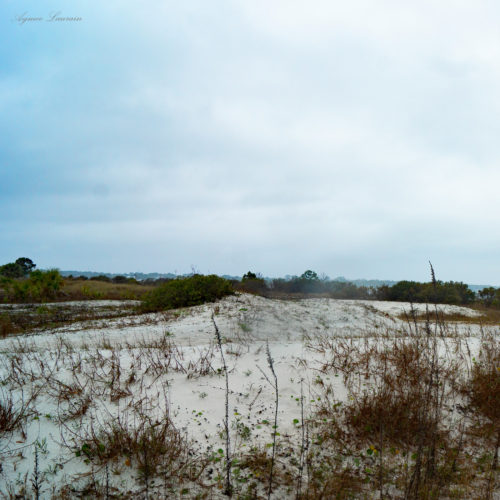
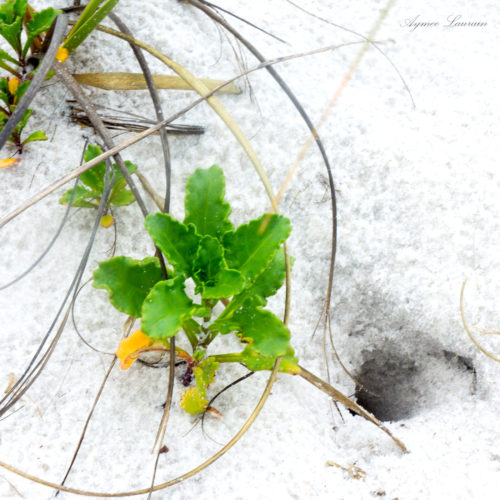
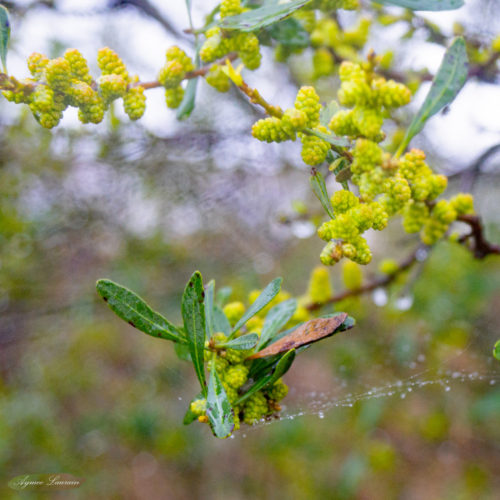
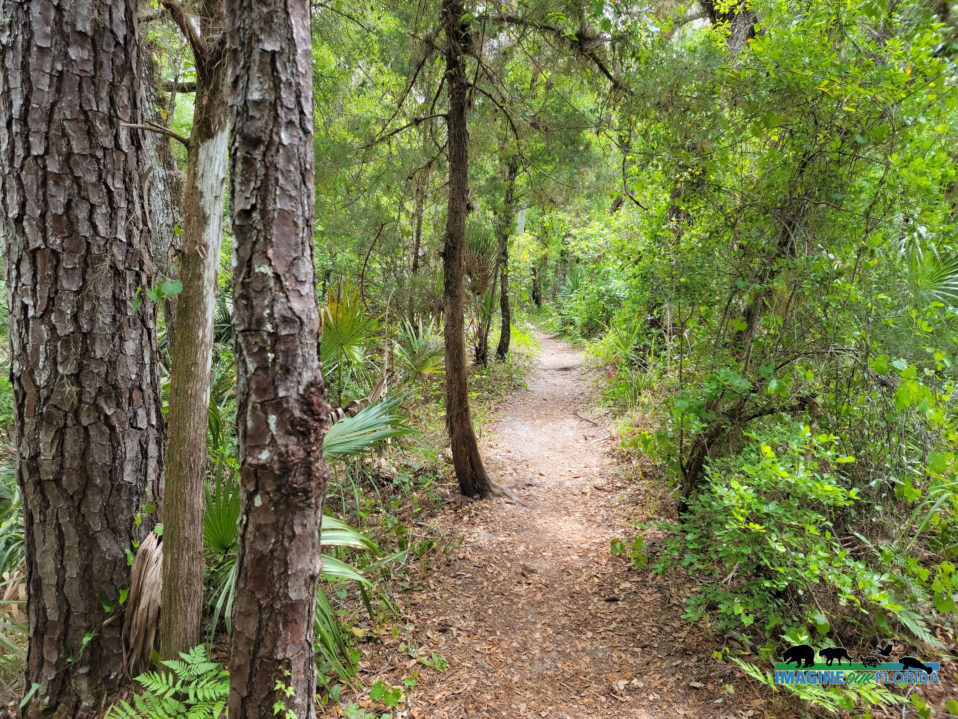
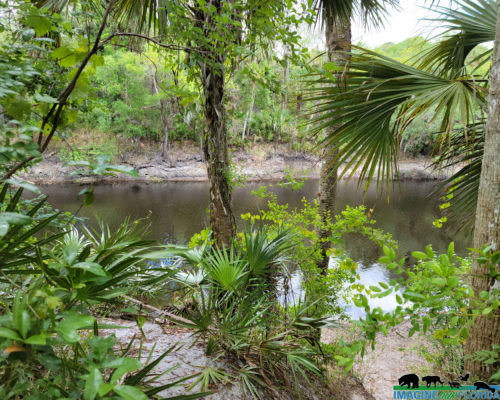
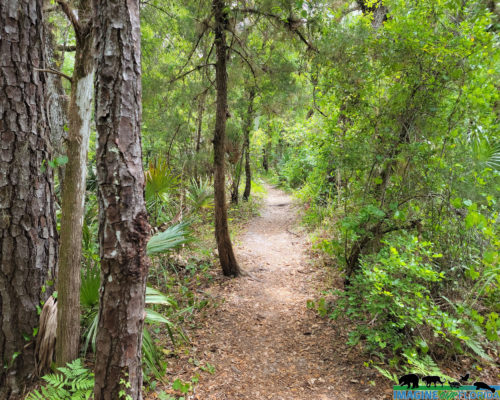
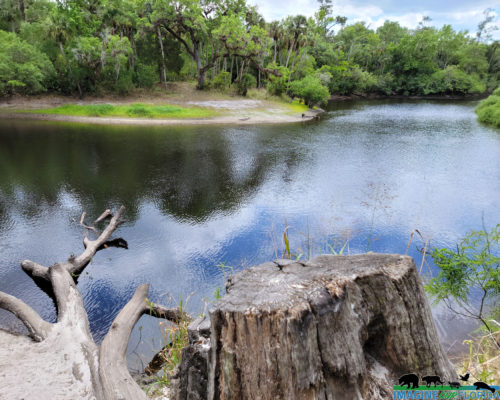
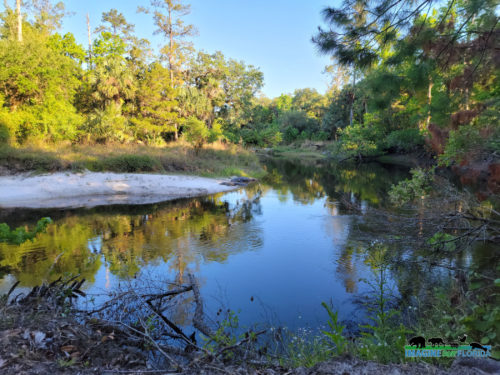
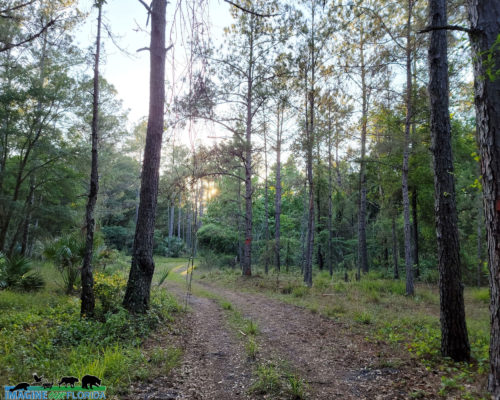
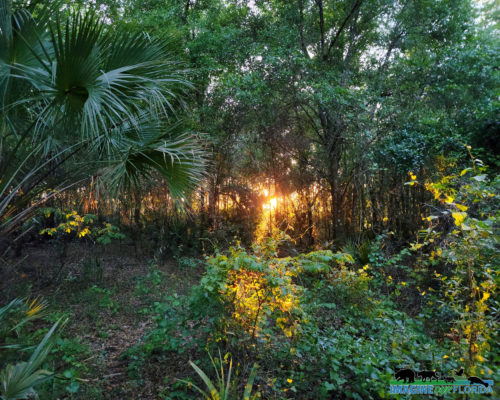
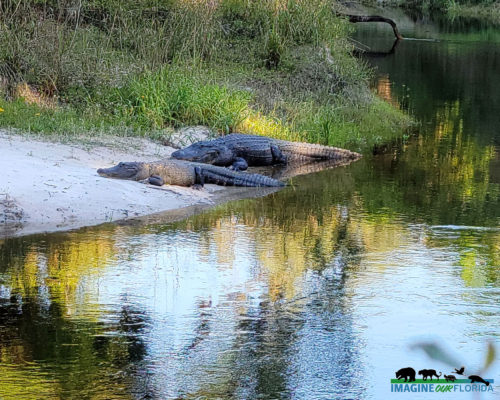
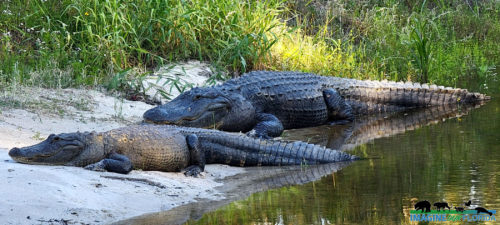
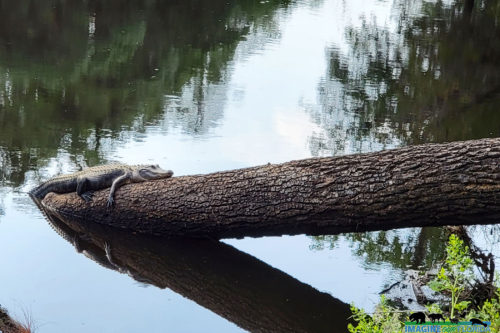
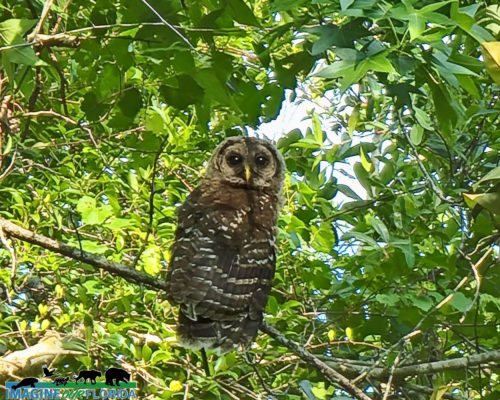
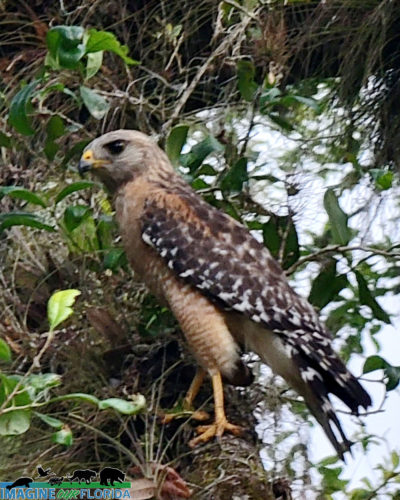
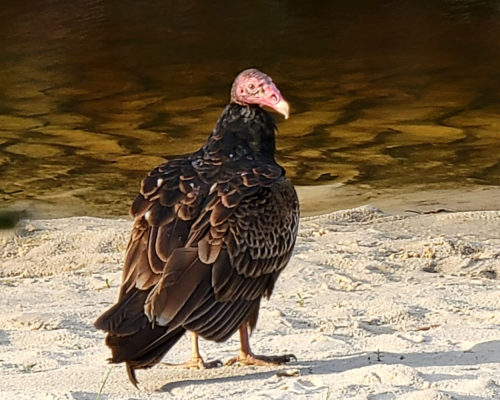

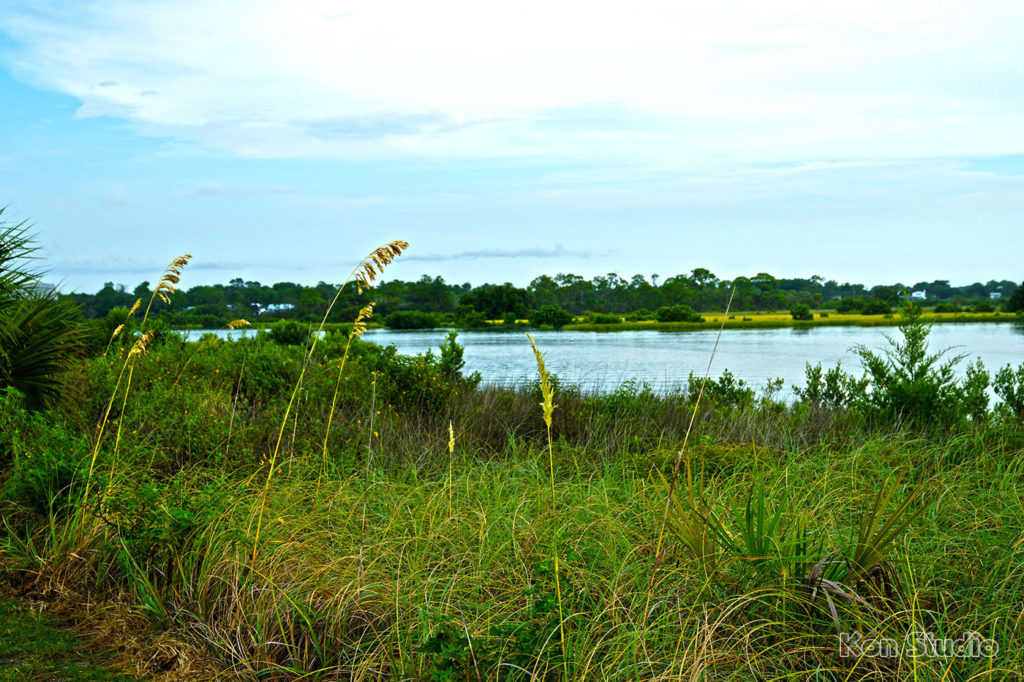
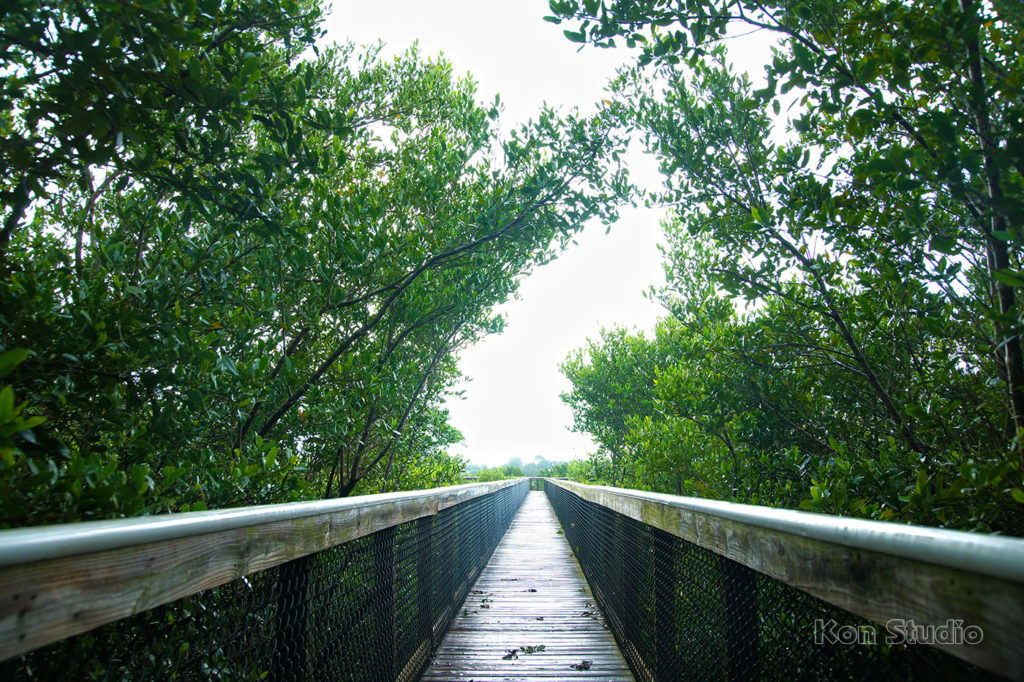
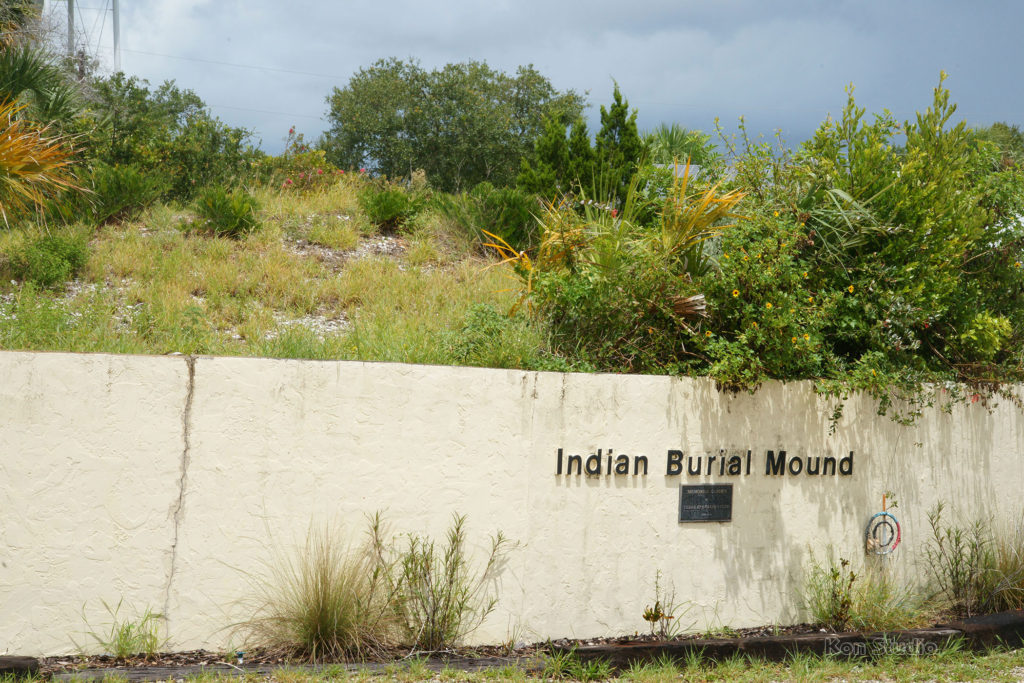
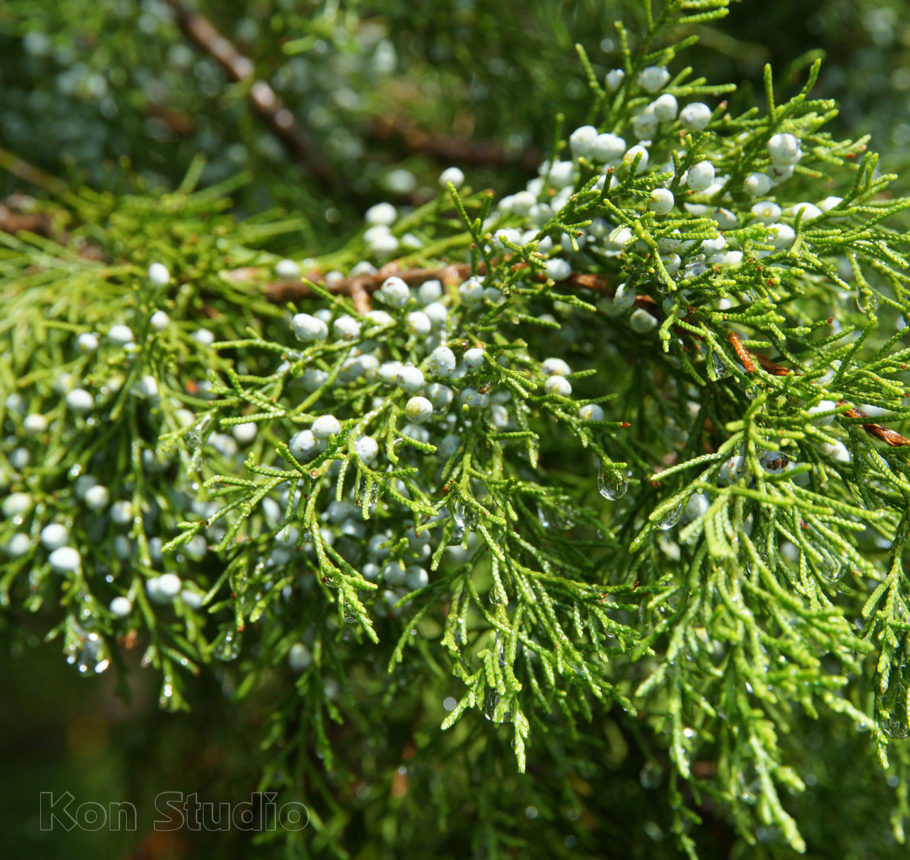
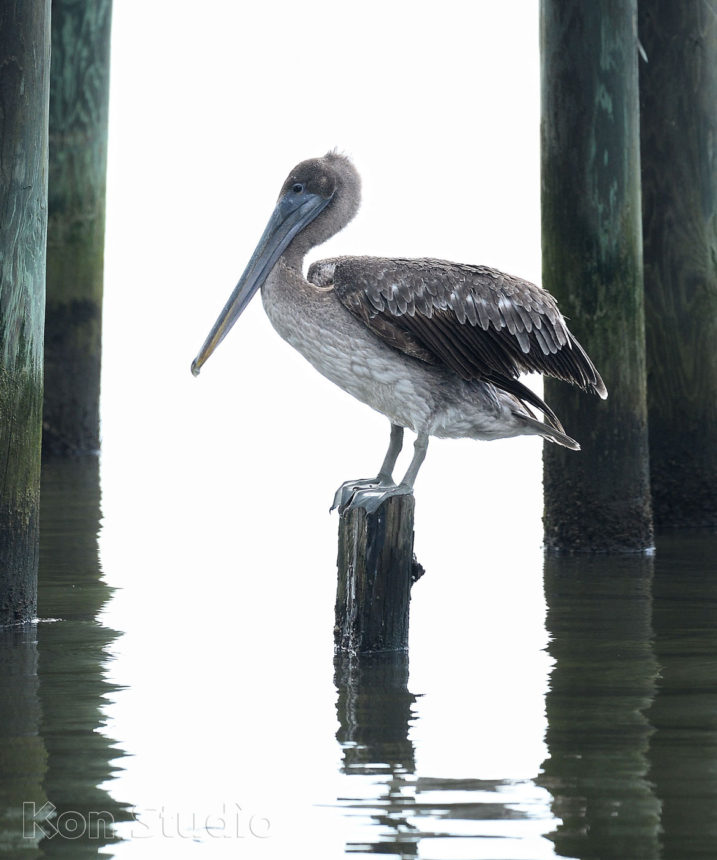
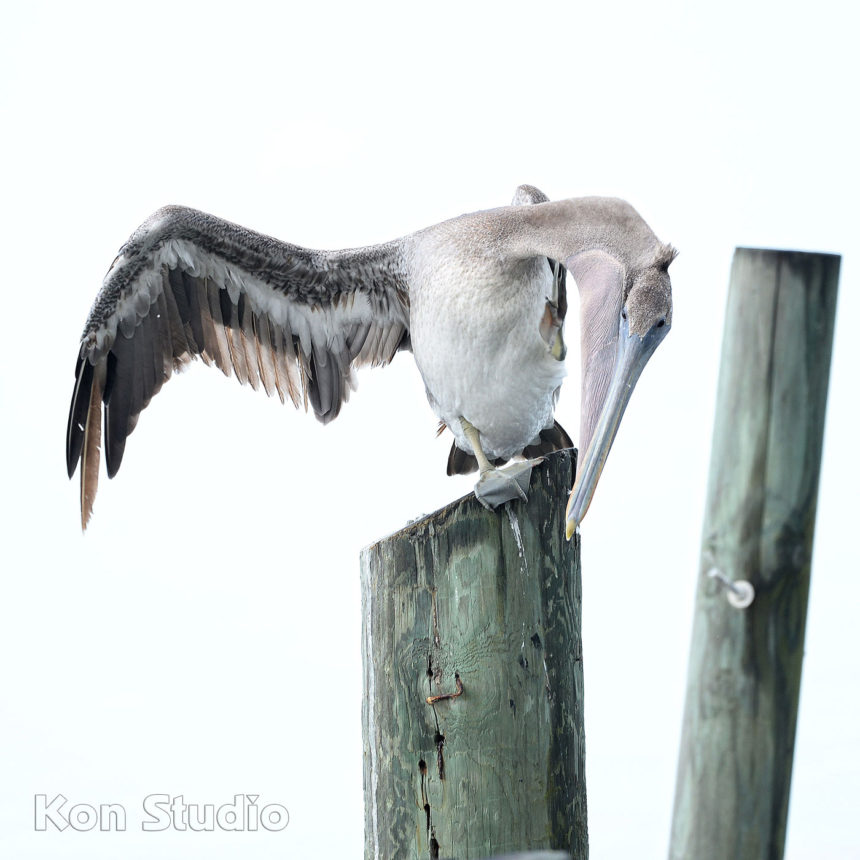
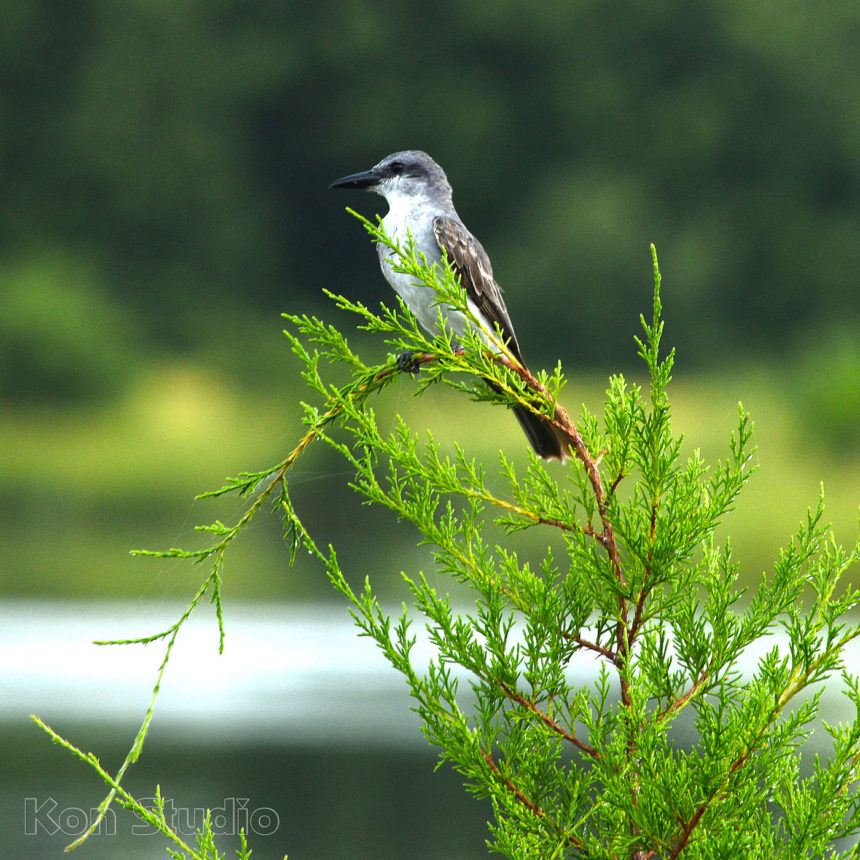
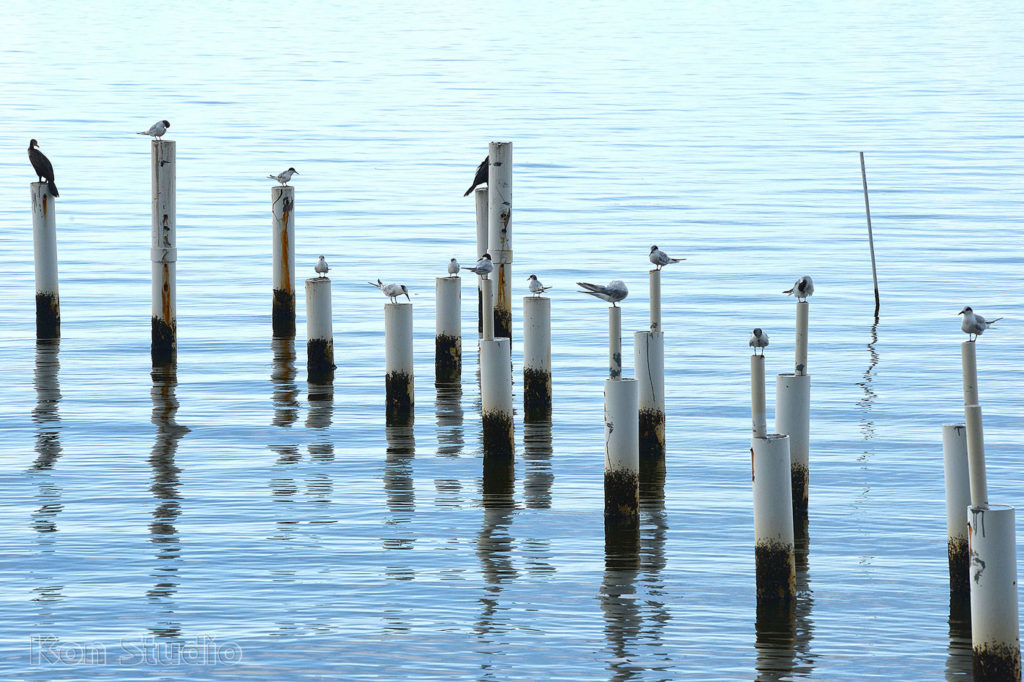
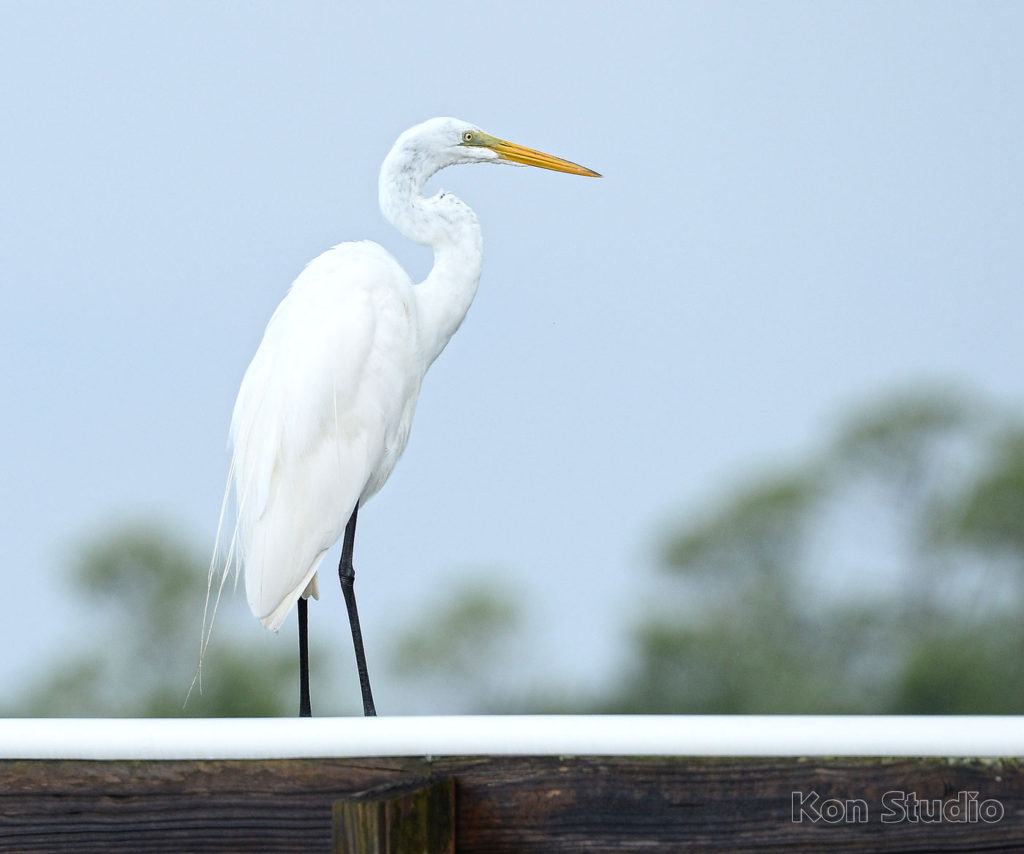
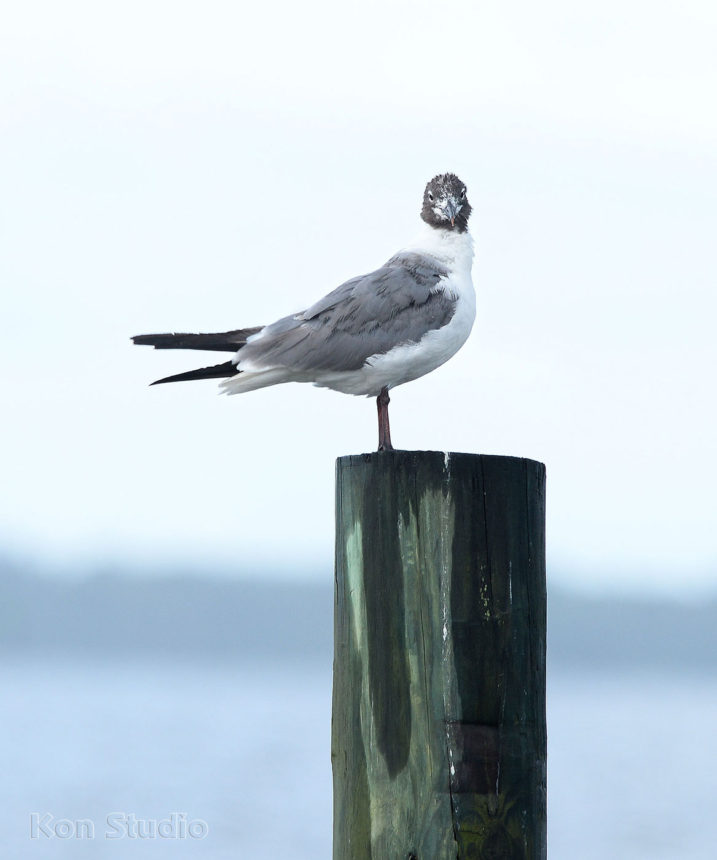
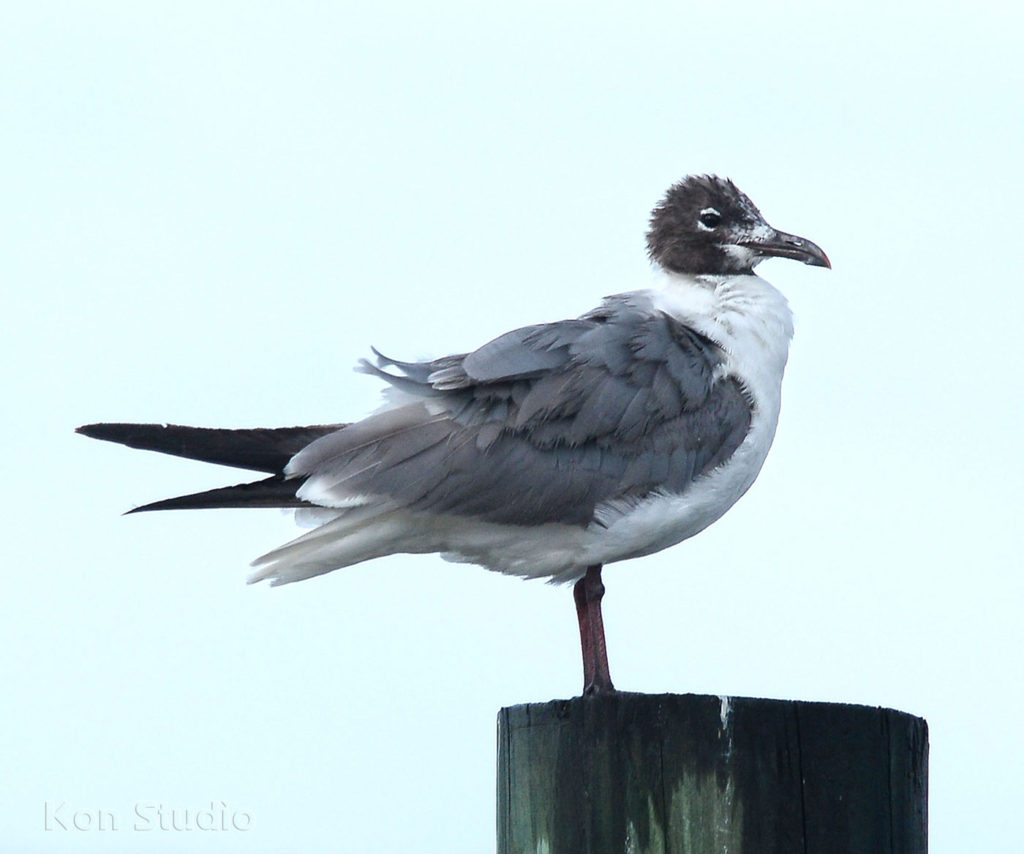
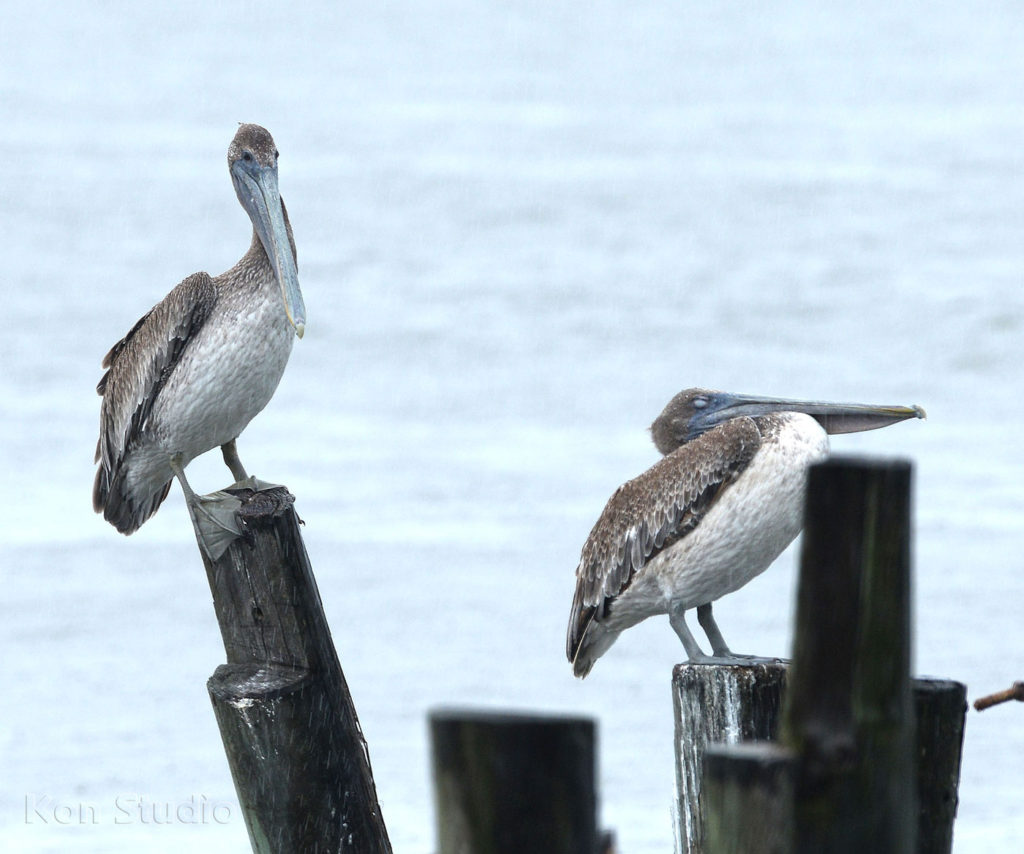
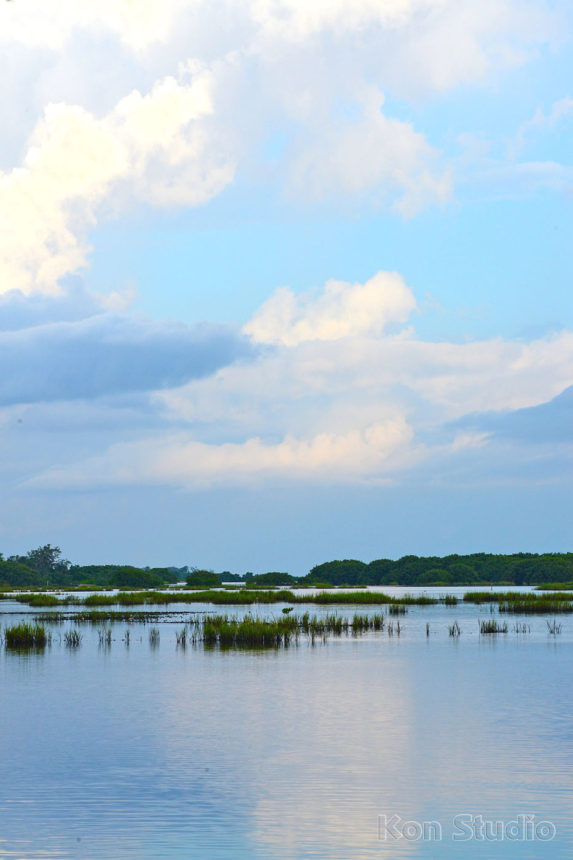
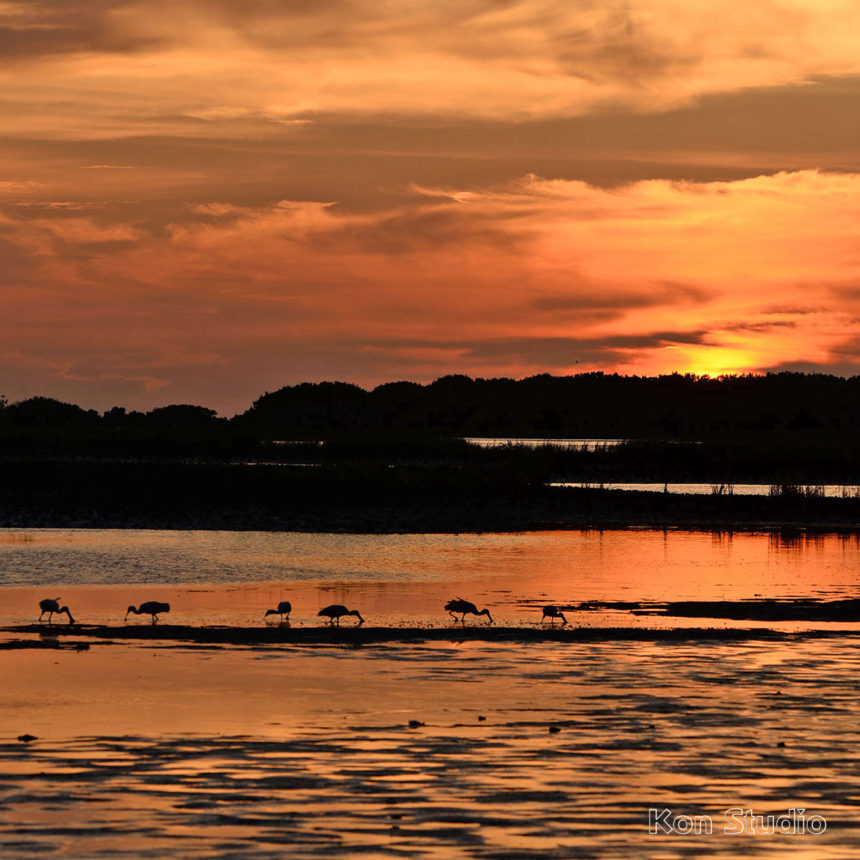
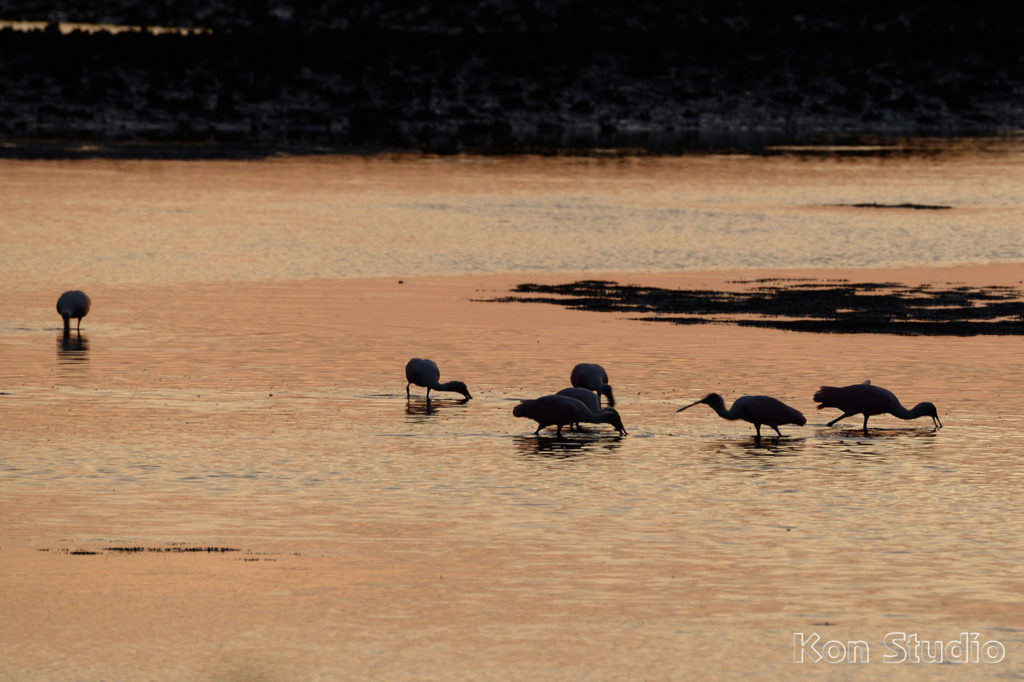
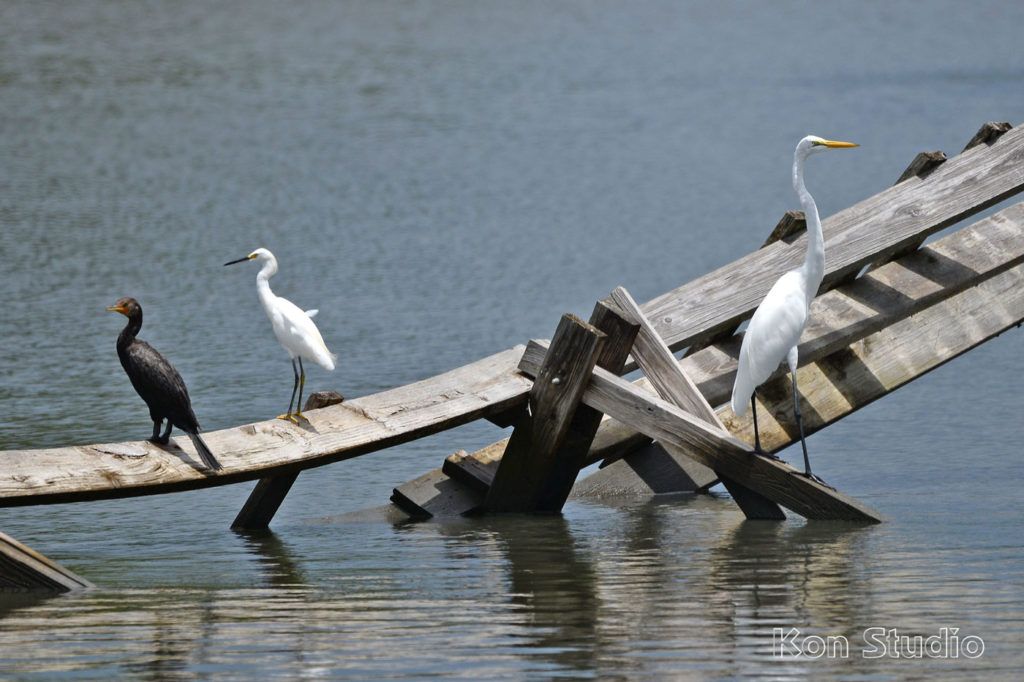
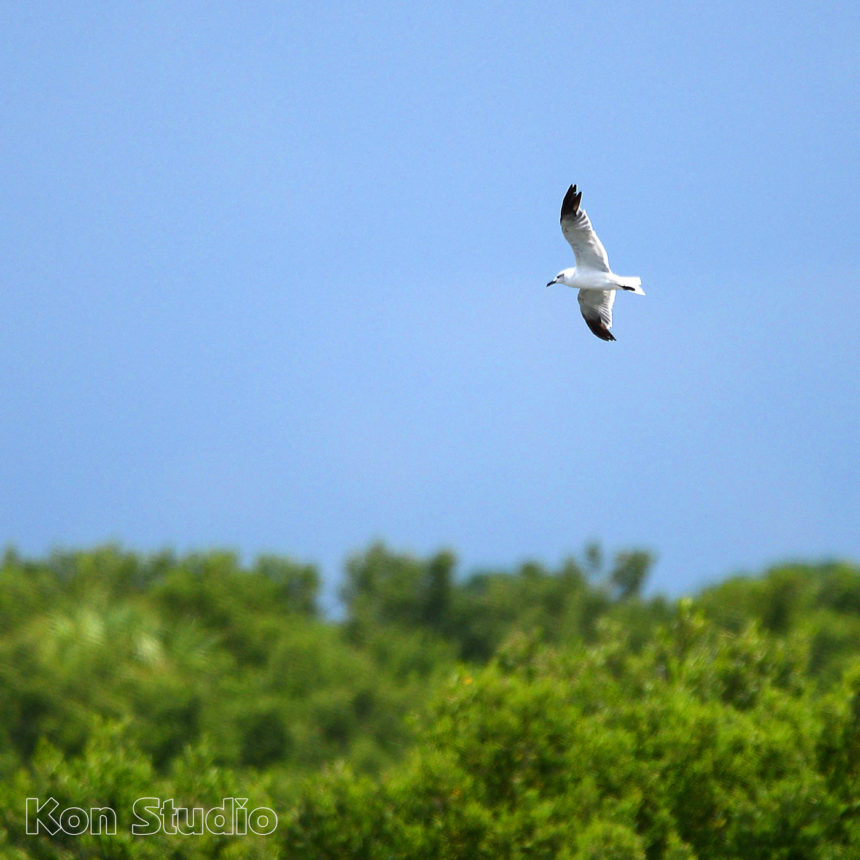
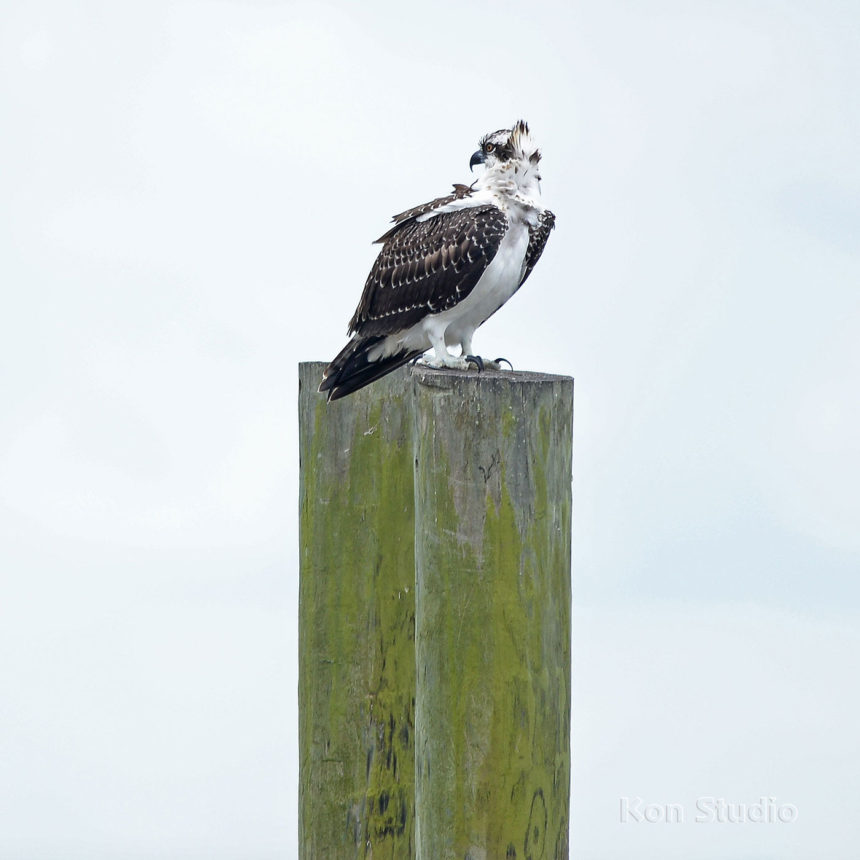
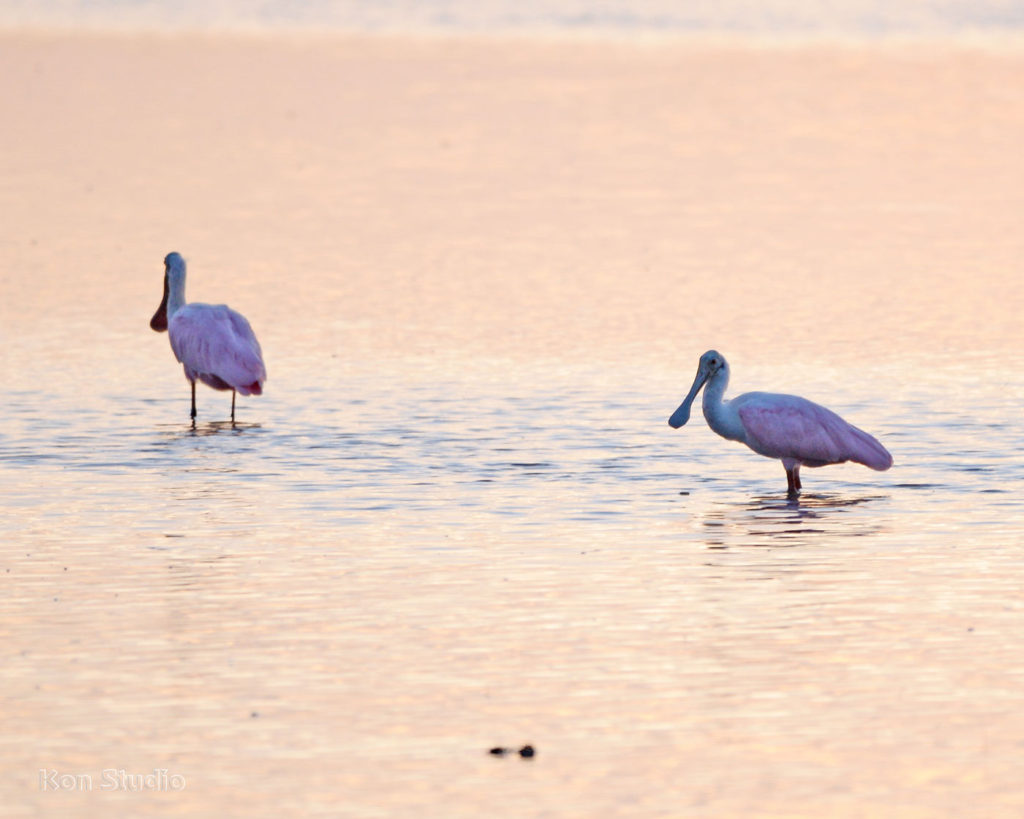
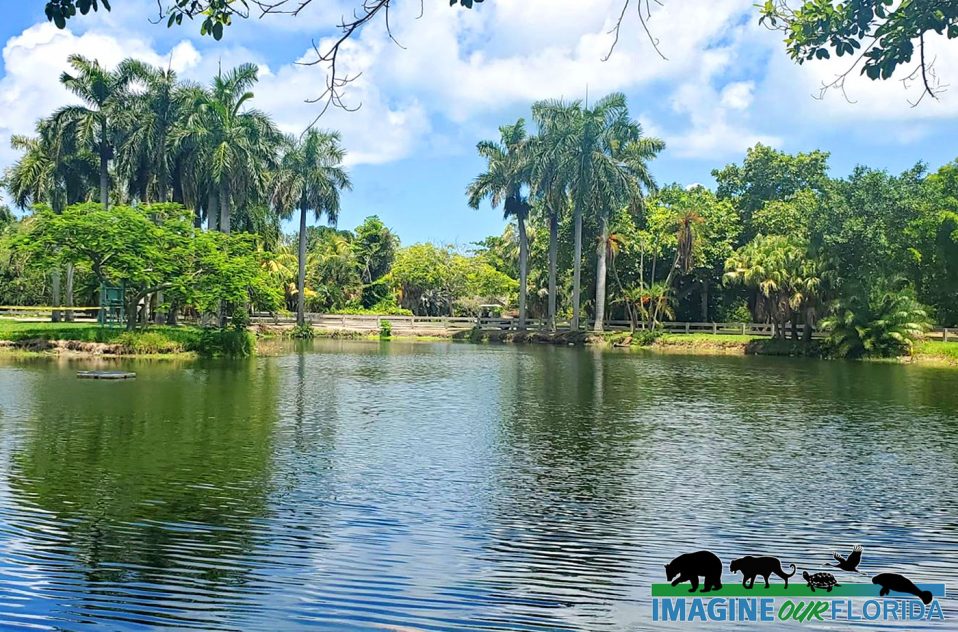
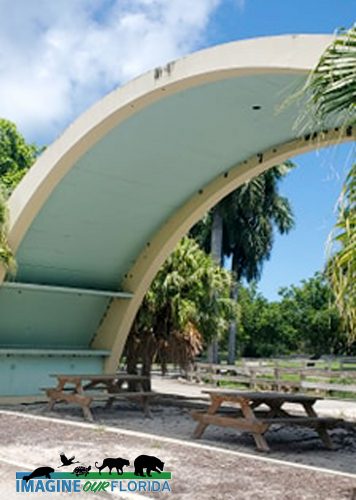
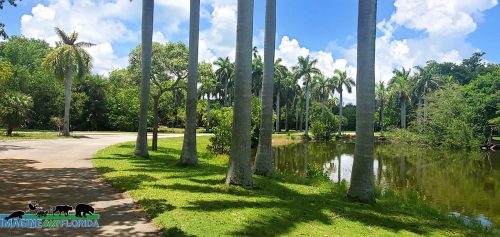
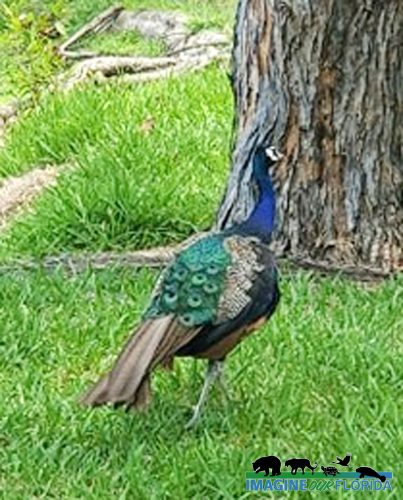
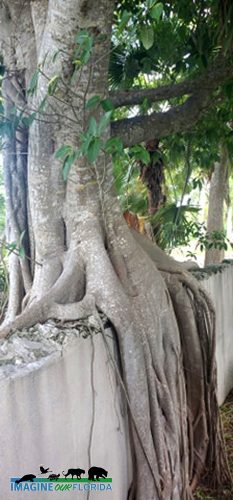
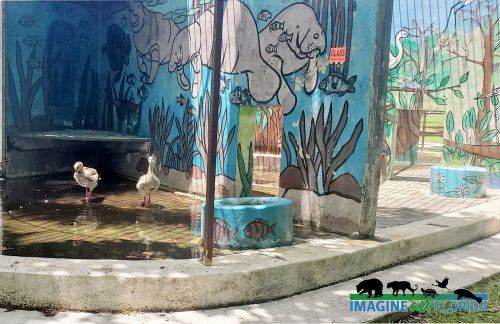

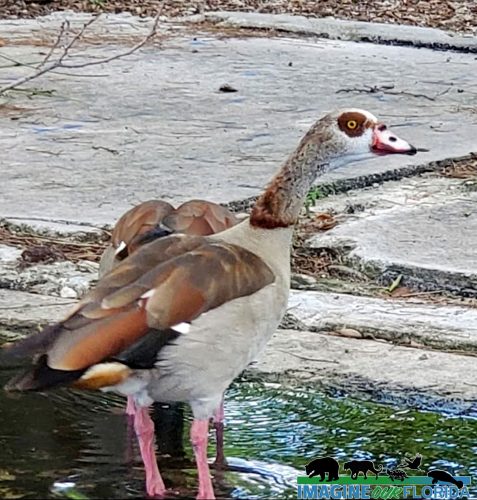
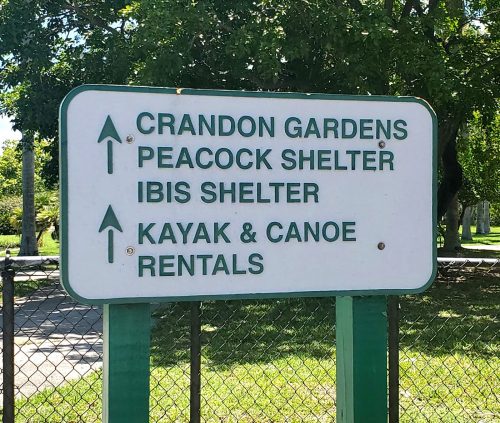
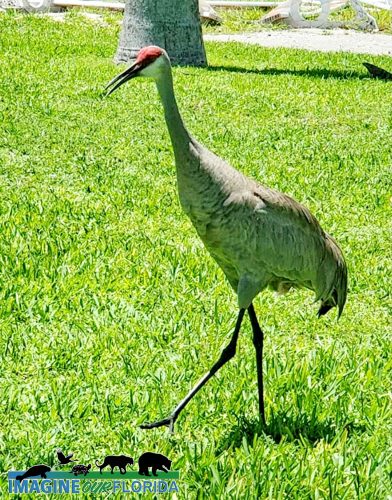
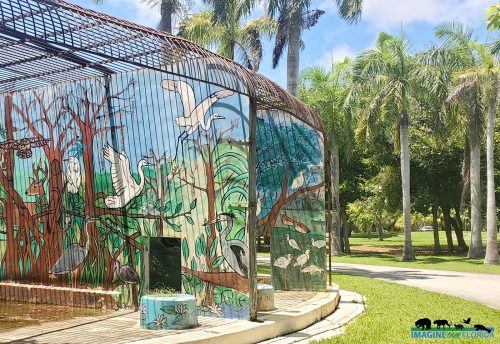

Recent Comments